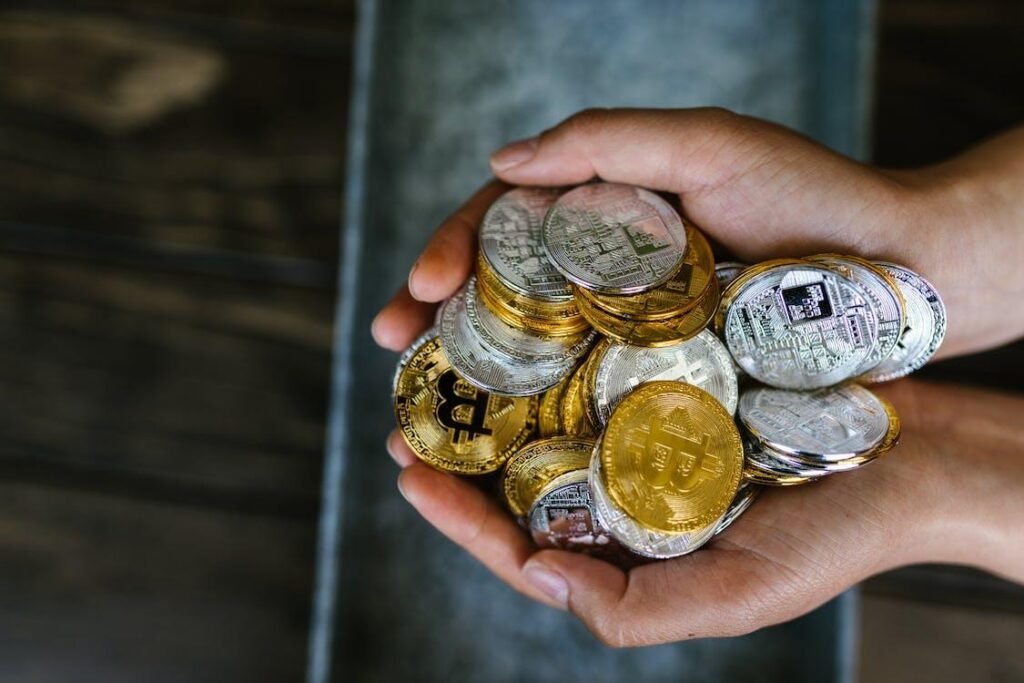The Crypto Conundrum: A Deep Dive into Cryptocurrency and Money Laundering

Money may make the world go round, but its digital avatar, particularly with practices like crypto mixing, is giving traditional finance a run for its money. As digital coins become more widespread, earning acceptability in enterprises and within banks, there’s a certain darker aspect under the spotlight – money laundering enabled by cryptocurrency, including methods like crypto mixing.
With the pseudonymity of cryptocurrency transactions, ease of international transfers, and decentralized peer-to-peer payments, these digital currencies, often muddled through crypto mixing, are not immune to exploitation. Harboring loopholes for foul play, this article focuses on the various techniques used by criminals to launder money, including the use of crypto mixing, and how counter-technologies are being developed to combat this problem.
Cryptocurrency and Money Laundering: The Modus Operandi
There are several ways criminals manipulate cryptocurrency for money laundering, capitalizing on the inherent characteristics of these digital assets. Cryptocurrency service providers should remain vigilant for unusual transactions or odd consumer behavior to detect and stop money laundering efforts.
Breakdown of the Money Laundering Process:
- Placement
Placement refers to the act of introducing illegal funds into the financial ecosystem via intermediaries like financial institutions, exchanges, and more. Cryptocurrency plays a significant role at this stage. It could be purchased with cash or other cryptocurrencies on various online exchanges. Criminals prefer exchanges with less rigorous compliance to anti-money laundering (AML) regulations.
- Layering
During the layering phase, the illegal origin of money is clouded through structured transactions, making it hard to trace the source. Cryptocurrency’s decentralized nature provides a convenient platform for layering. Frequently, criminals convert one cryptocurrency to another or partake in Initial Coin Offerings, using another digital coin to pay for the new one.
- Integration
In the last stage of money laundering, the ill-gotten money is returned to the economy, now with a supposedly clean status. Often, over-the-counter (OTC) brokers, who facilitate transactions between cryptocurrency buyers and sellers, play a significant role in this stage. Some OTC brokers even specialize in offering money-laundering services, earning generous commissions in return.
Crypto Money Laundering Techniques:
- Crypto Mixing
Crypto mixing or “tumbling” services, like tumbler.io empower users to carry out transactions by pooling their cryptocurrency with other users. A mixer collects cryptocurrencies from a client and sends them through a series of assorted addresses before recombining them, ensuring “clean” cryptos at the end.
- Peer-to-Peer Crypto Networks
Criminals leverage these unregulated networks to transfer funds to different locations—typically places with lax cryptocurrency laws. Here, cryptos can be easily converted into traditional currency to splurge on assets.
- Crypto ATMs
Crypto ATMs allow easy purchase of Bitcoin using credit/debit cards, and sometimes even permit depositing cash. In many instances, trading of cryptocurrencies for cash is also facilitated, especially in countries where KYC measures for these machines are not stringently enforced.
- Online Gambling
Gambling websites accepting cryptocurrencies provide another platform for criminals. They use cryptos to buy chips, which are then cashed out after a few games.
Unmasking Crypto Laundering: Recognizing the Red Flags
The Financial Action Task Force (FATF) released a report that highlighted red flag indicators to help cryptocurrency service providers identify suspicious transactions and consumer behavior:
- Technological features promoting anonymity, like peer-to-peer exchange websites, mixing or tumbling services, or enhanced anonymity cryptocurrencies.
- Geographical risks, as criminals exploit countries with weak or absent virtual asset regulations.
- Irregular transaction patterns which could indicate criminal activity.
- Inconsistent transaction size—alarming if the amount and frequency have no reasonable business explanation.
- Odd sender or recipient profiles that hint at criminal activity.
- Suspicious sources of funds or wealth linking to criminal activities.
Harnessing Technology to Detect Red Flags
As regulations tighten, crypto exchanges and other monetary establishments need to reassess their approaches to cryptocurrency services compliance and their current AML solutions’ efficacy.
Tookitaki, a game-changing solution, boasts an extensive library of financial crime behavior patterns, referred to as typologies. It helps financial institutions fight against crime collectively by sharing these patterns, making monitoring complex trails of transactions easier.
With easy-to-maintain typologies taking over hundreds of rigid rules, AML officers can now effortlessly keep tabs on suspicious activities. These typologies built by Tookitaki provide better risk coverage than static rules while generating fewer, high-quality alerts, ensuring the detection of hidden illicit patterns in transactions.
As the march of cryptocurrency continues, it’s more crucial than ever to fortify financial systems against crypto laundering. Armed with technology like Tookitaki, we can better navigate this unique challenge. After all, as the age-old adage goes, ‘Forewarned is forearmed.’
Alexia is the author at Research Snipers covering all technology news including Google, Apple, Android, Xiaomi, Huawei, Samsung News, and More.












